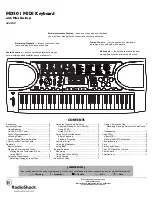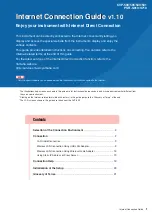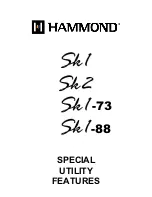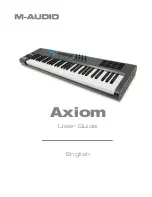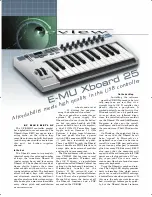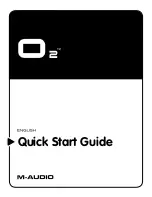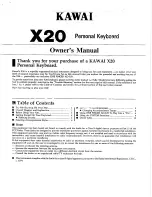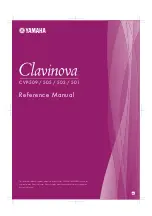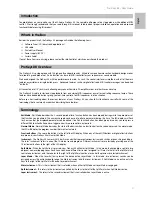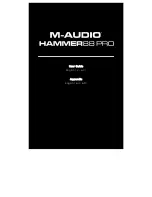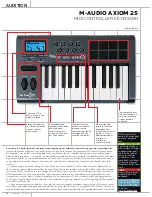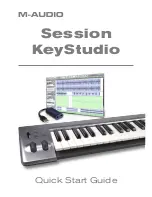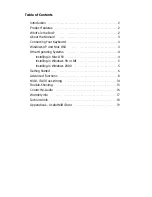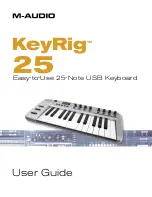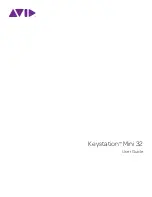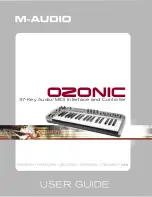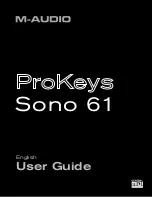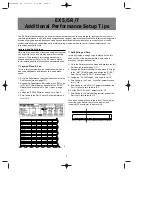
6
5VCPFCTF
"
(KPIGTKPI
The standard fingering method uses
standard formations of three or more notes,
and lets the experienced musician play a
wider variety of accompaniment chords.
ý±
1. Set
POWER
to
ON
.
2. Repeatedly press
CHORD
until a black
dot appears next to FINGERED on the
left side of the display.
3. Select and enter an auto-rhythm.
4. To start the auto-rhythm before your auto
accompaniment, press
START/STOP
.
Or, to synchronize the start of the
selected auto-rhythm with your
accompaniment, press
SYNC/FILL-IN
.
5. Begin the accompaniment at the desired
interval by pressing at least three
accompaniment keys to play the desired
chord.
To play a melody along with the
accompaniment, press any key(s) to the
right of the accompaniment keys.
6. Adjust
TEMPO
and
VOLUME
to the
desired levels.
7. To change chords without interrupting
the rhythm, simply press the auto
accompaniment key(s) required to form
the new chord. The name of the chord
appears.
8. To stop auto accompaniment and the
auto-rhythm, press
START/STOP
.
.
'#40+0)
"
61
"
2
.#;
Your keyboard’s learning feature lets
beginning keyboard players easily learn and
play a prerecorded tune. You can select any
of the following modes:
• ONE KEY — in this mode, press
START/
STOP
and any key to play
accompaniment and a melody note. The
note appears.
• WAITING — In this mode, the melody
does not play until you play a correct
note. The next note of the tune appears.
• MELODY OFF — in this mode, you can
play melody with accompaniment.
To play prerecorded tunes:
1. Press
SONG
, then repeatedly press
LEARNING
until black dots appear next
to ONE KEY on the left side of the
display.
2. Select a tone from the SONGS list and
enter its two-digit number on the keypad.
Or, you can press
–
or
+
to move to the
next higher or lower numbered tune.
3. Press
START/STOP
. The keyboard plays
the first note of the tune you selected
and the note appears. Press the
corresponding key on the keyboard to
continue learning. The next note you
need to press appears. The tune will
continue to play even if you press the
wrong key.
4. To stop learning, press
START/STOP
again or press
LEARNING
. If you pressed
LEARNING
, a black dot appears next to
WAITING and a note appears. Press the
correct key to continue learning. The
tune doesn’t play until you press the
correct key.
If you want to play the tune with
accompaniment in the learning mode,
repeatedly press
LEARNING
until a black dot
appears next to MELODY OFF.
If you want to quit the learning mode,
repeatedly press
LEARNING
until the black
dot appears next to NORMAL.
7
5+0)
"
6*'
"
/
'64101/'
To turn on the keyboard’s metronome, press
TONE
or
RHYTHM
, then press
METRO
. The
metronome’s bar swings along with the
tempo you selected, and the corresponding
beat appears. Press
METRO
again to turn the
metronome off.
±
"
016'
"
±
"
•
You do not have to press the key marked
with parentheses on the keyboard in the
chart to produce a 7, m7, M7, mM7, add9,
or madd9 chord.
•
Although the chart shows only one possible
fingering position for each chord, it is
possible to play a chord using several
different positions. For example, the
following three positions produce the same
C chord.
•
When you play an aug, 7
J
5
, or dim7 chord,
the lowest note you play determines the
root of the chord. Be sure that your
fingering correctly defines the root you
want.

